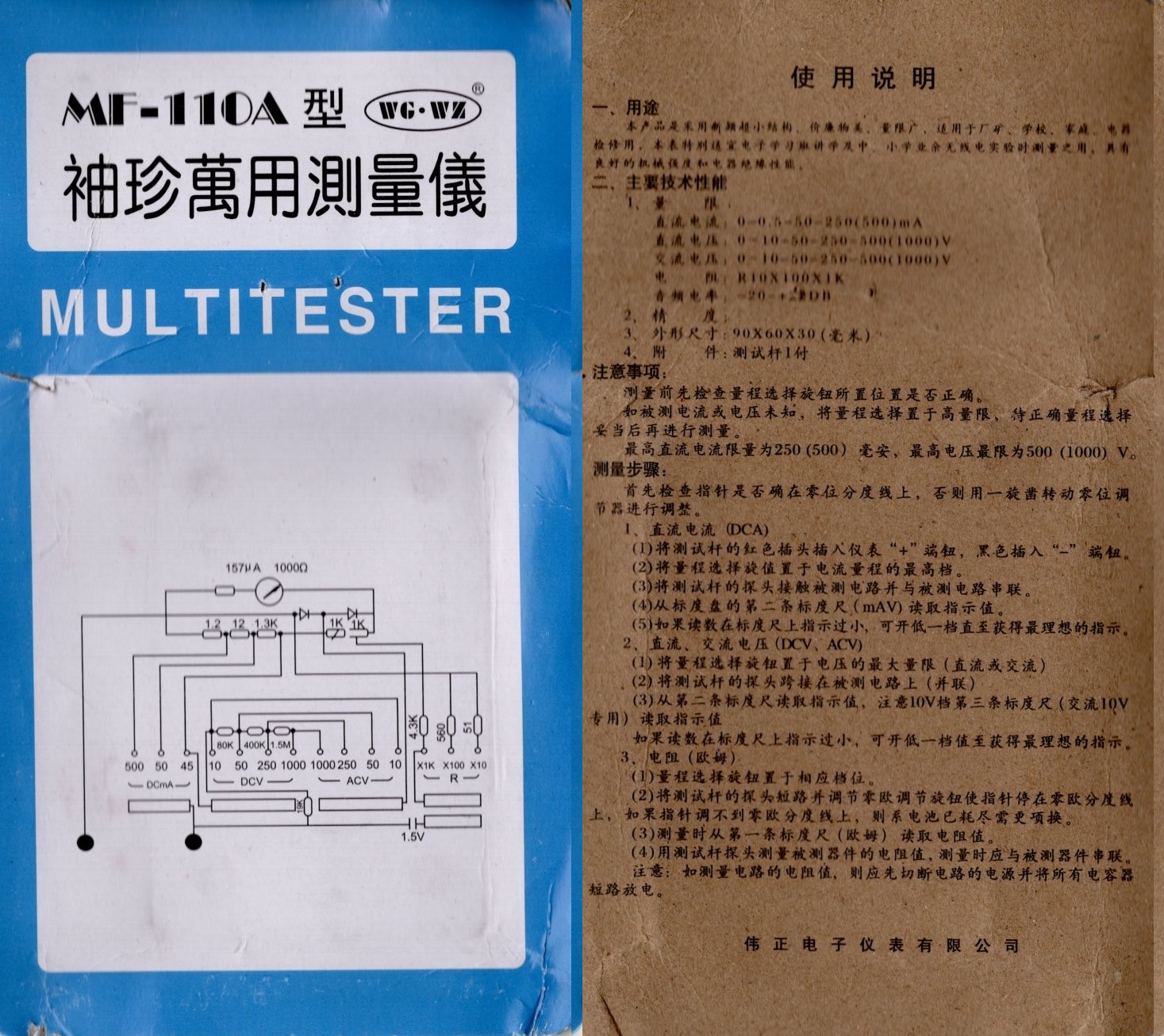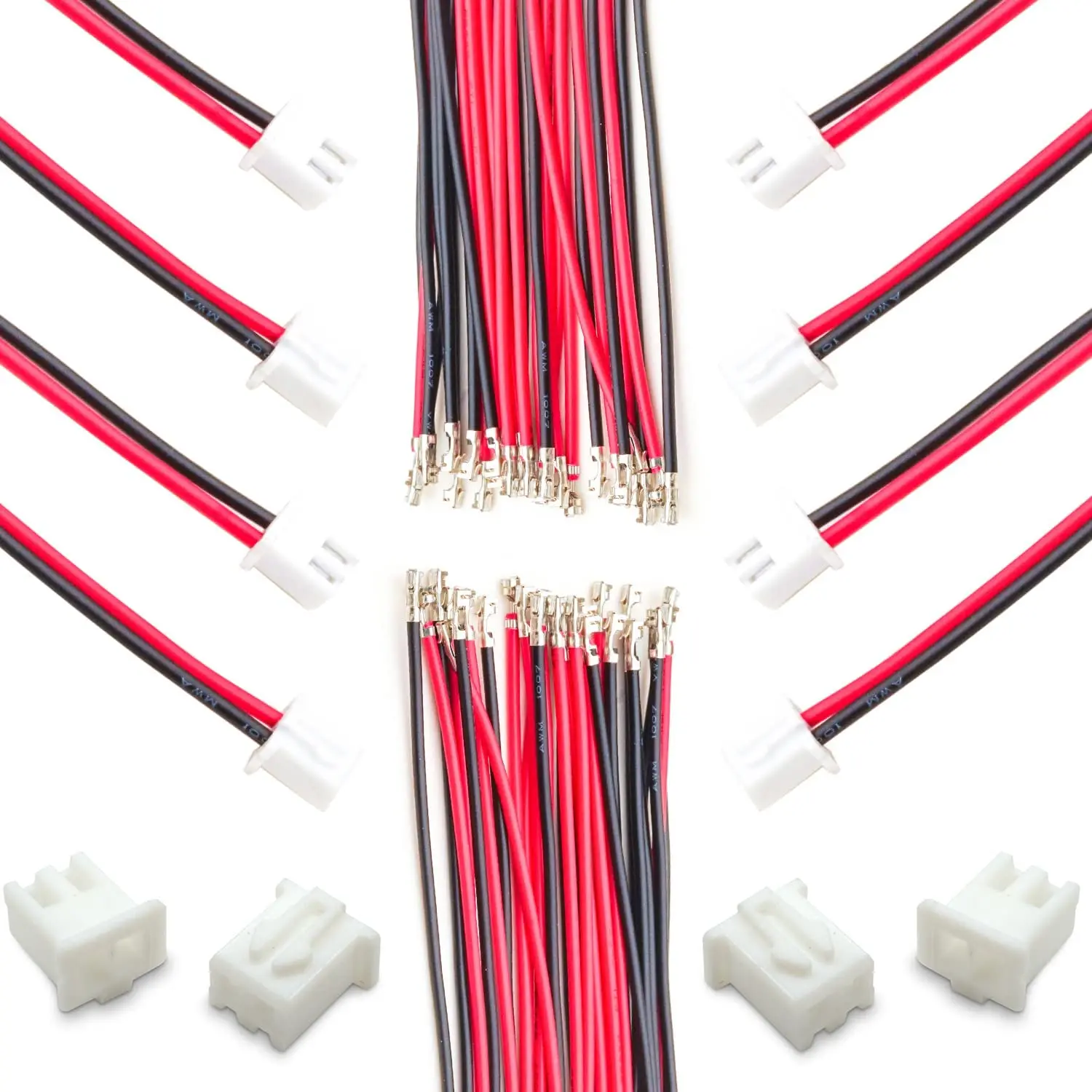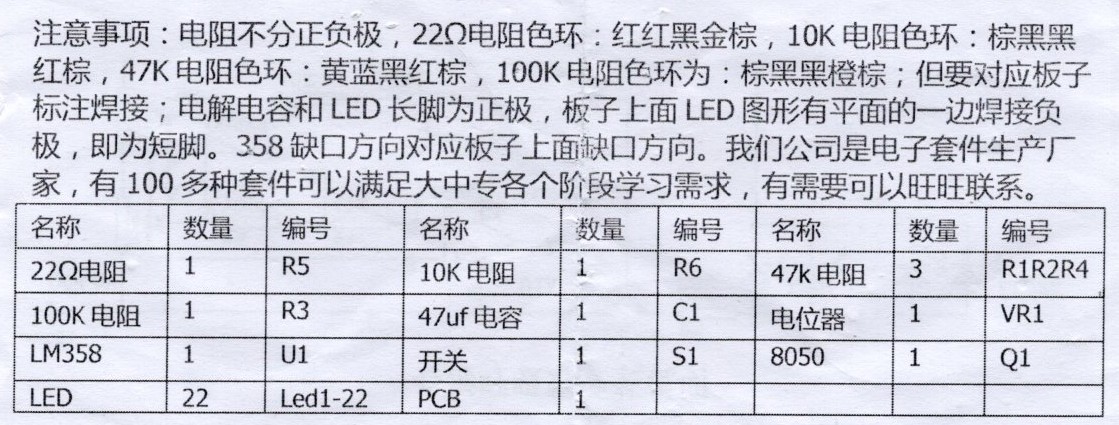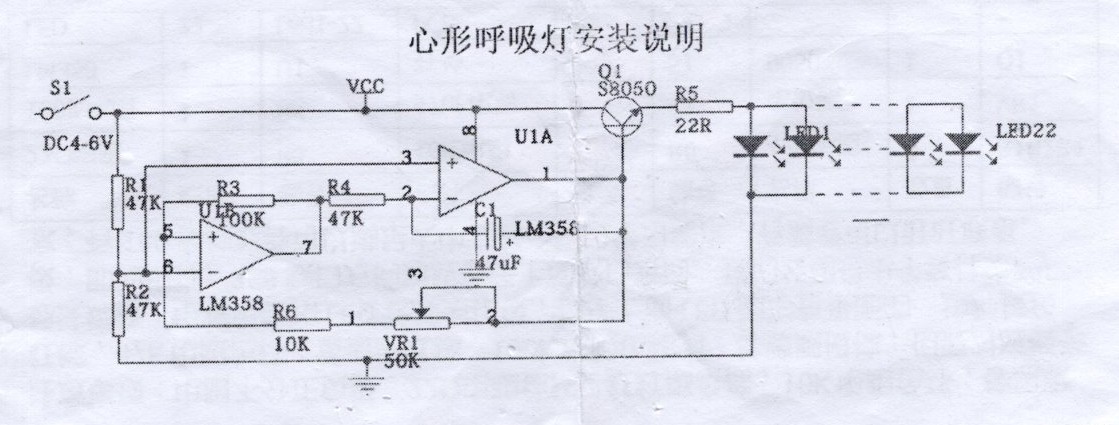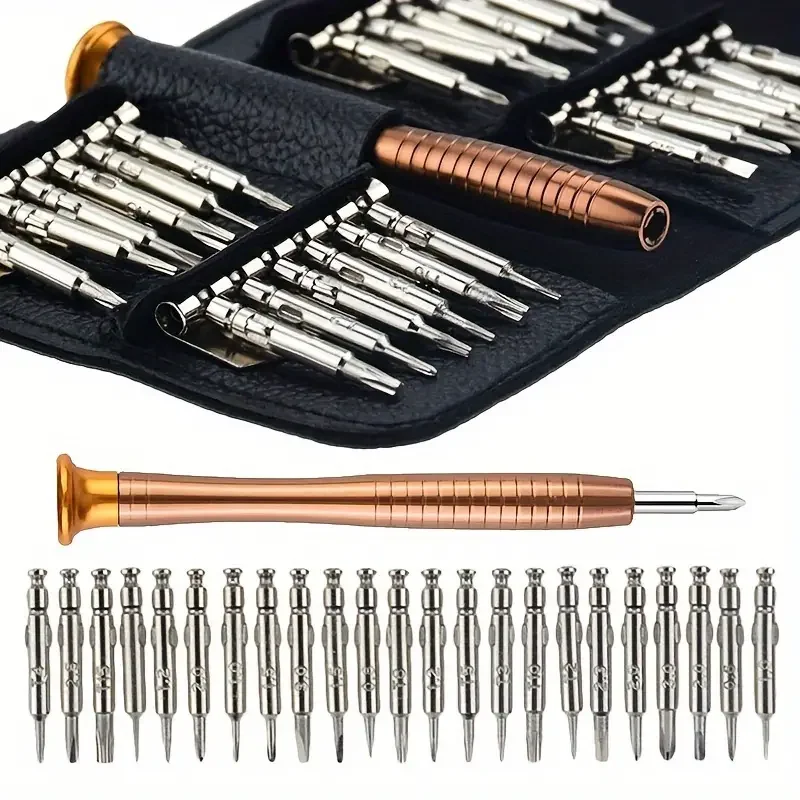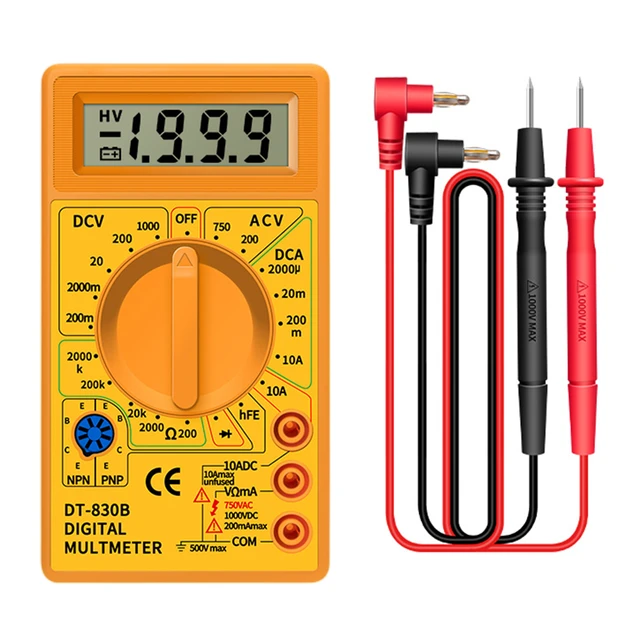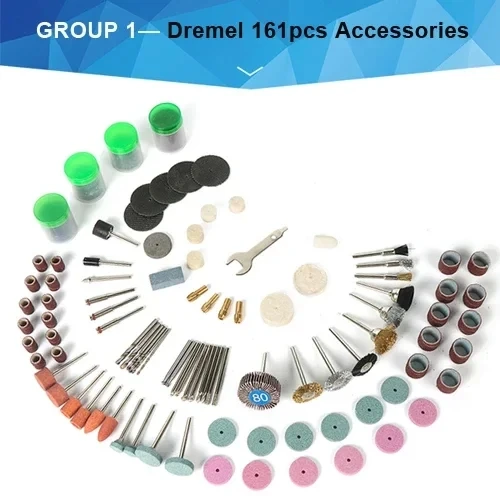This post is part of my video blog and you can find more information about this video over here.
You can support this channel on Patreon: patreon.com/JohnElliotV
Silly Job Title: Current Curator.
In this video we make our second false start on Learning the Art of Electronics.
I mention about Make: magazine.
The power electronics YouTuber I mention is @ElectrArc240.
We consider using the Maxitronix 300in1 Electronics Project Lab Kit to for our project but we end up settling for a smaller breadboard.
We use the UNI-T UTi260B Thermal Imager to investigate the thermal properties of our powered circuits.
We use the Fluke 17B+ Digital Multimeter to measure voltage and current.
We use the EEVblog BM2257 Digital Multimeter to measure voltage and current.
We use the EEVblog BM036 Digital Multimeter to measure current.
We use the Peak Electronic Design Atlas DCA75 Pro Semiconductor Analyzer to examine our diodes.
We use the ANENG AN-999S Bench Multimeter to measure current.
We use the Riden RD6006 Bench Power Supply to provide power for our experiments.
We use the Carpenter Mechanical Pencil for writing out notes.
We use the Hakko CHP 3C-SA Precision Tweezers for working with small components.
Thanks very much for watching! And please remember to hit like and subscribe! :)
Following is a product I use picked at random from my collection which may appear in my videos. Clicking through on this to find and click on the green affiliate links before purchasing from eBay or AliExpress is a great way to support the channel at no cost to you. Thanks!
Yum Cha 6pcs Wire Brush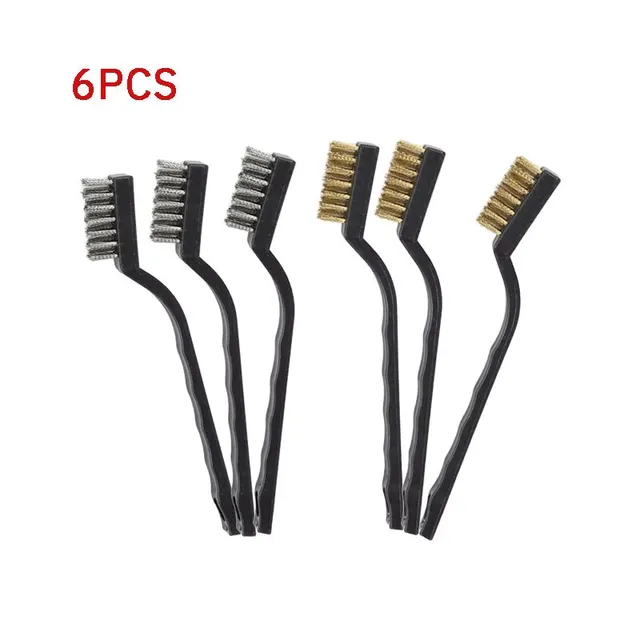 notes notes |
Let’s go shopping!

